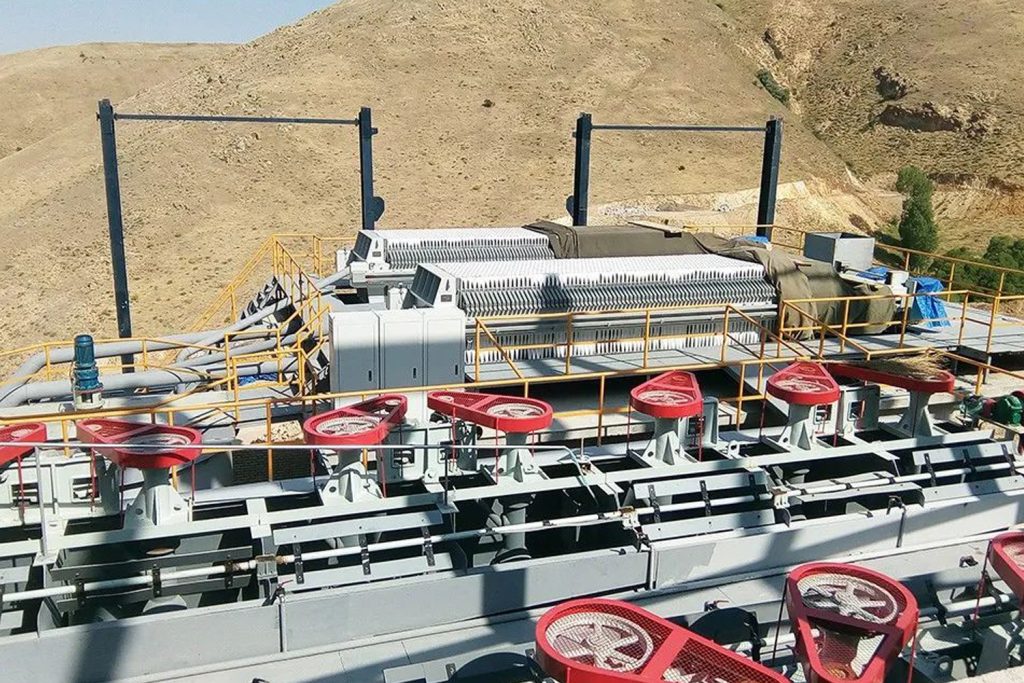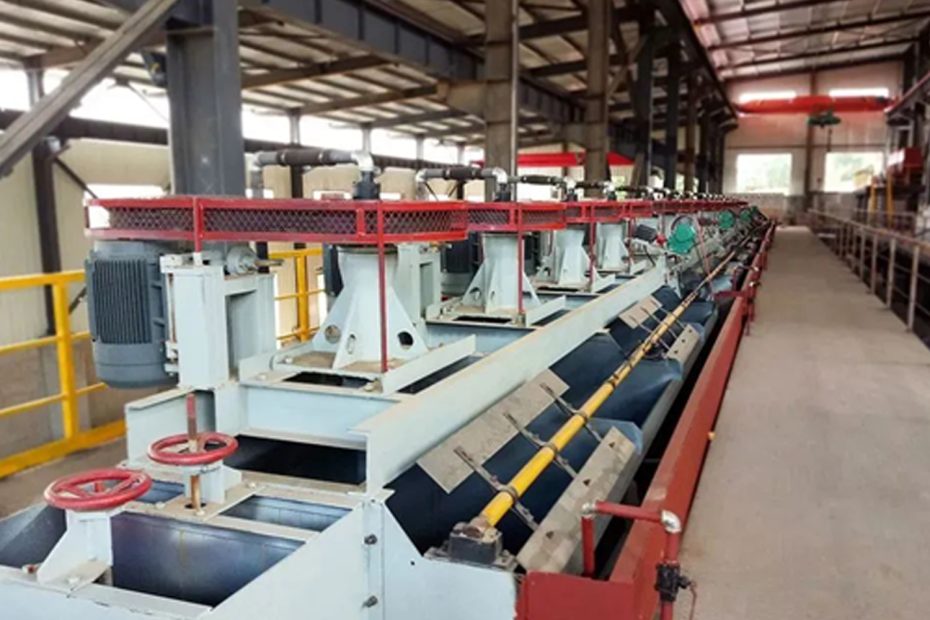Flotation agent is the key factor of barite flotation mineral processing, the amount and type of agent will directly affect the adsorption force and stability between barite and air bubbles.
Generally speaking, the greater the dosage of reagents, the higher the flotation recovery rate of barite, but at the same time it will increase the consumption of reagents and environmental pollution; the type of reagents should be selected according to the properties and process conditions of the raw ore to achieve ideal flotation Effect. Commonly used agents include collectors, pH regulators and foaming agents.
The types and characteristics of reagents used in barite flotation mineral processing are introduced.
Barite flotation collector
The type and action mechanism of barite flotation collectors mainly depend on the charge state on the barite surface and the pH value of the slurry. The collectors commonly used for barite are mainly fatty acid salts.
Fatty acid salt is a substance that can form a complex with barium ions on the surface of barite. It needs to be used under the condition of high pH value, which can make the surface of barite hydrophobic and easy to attach to the air bubbles. Commonly used fatty acid salts include sodium oleate, sodium stearate, and sodium palmitate.

Barite flotation pH regulator
Commonly used pH regulators for barite include alkaline substances, acidic substances and salts. Alkaline substances are substances that can increase the pH value of the pulp, thereby making the surface of the barite negatively charged, increasing the adsorption effect of fatty acid salts, and improving the flotation recovery rate of the barite. Commonly used alkaline substances are sodium hydroxide, sodium carbonate, calcium hydroxide, etc.
Acidic substances are substances that can reduce the pH value of the flotation liquid, thereby making the surface of the barite positively charged, reducing the adsorption effect of fatty acid salts, and reducing the flotation recovery rate of the barite. Commonly used acidic substances are sulfuric acid, hydrochloric acid, oxalic acid and so on.
Salt is a substance that can change the electrolyte concentration of the flotation liquid, thereby affecting the potential difference on the barite surface and the solubility of the collector, and is selected according to different process conditions. Commonly used salts are sodium sulfate, sodium chloride, ammonium sulfate, etc.
Barite flotation foaming agent
Commonly used foaming agents for barite include rosin oil, turpentine oil and alcohols. Retinol is a distilled mixture of pine trees that contains various terpenoids that form emulsions in water and react with oxygen in the air to form stable gas bubbles.
Turpentine is a mixture distilled from pine trees that contains various phenolic compounds that form emulsions in water and react with oxygen in the air to form stable bubbles. Alcohols are organic compounds containing hydroxyl groups that form solutions in water and lower the surface tension of water, making it easier for bubbles to form and maintain.
In summary
The reagents used in barite flotation mainly include collectors, pulp regulators and foaming agents. Their dosage and type will directly affect the adsorption force and stability between barite and air bubbles, thus affecting the gravity. Flotation effect and quality of spar. Therefore, choosing the right agent is one of the key factors in barite flotation.
However, the choice of reagents is not static, but needs to be flexibly adjusted and optimized according to the properties of the raw ore and process conditions. In order to achieve the ideal flotation effect, sufficient mineral processing tests are required to determine the appropriate dosage and type of reagents, as well as other operating parameters. The mineral processing test is the basis and guarantee for the design and improvement of barite flotation process, and it is also an effective way to improve the recovery rate and grade of barite.
